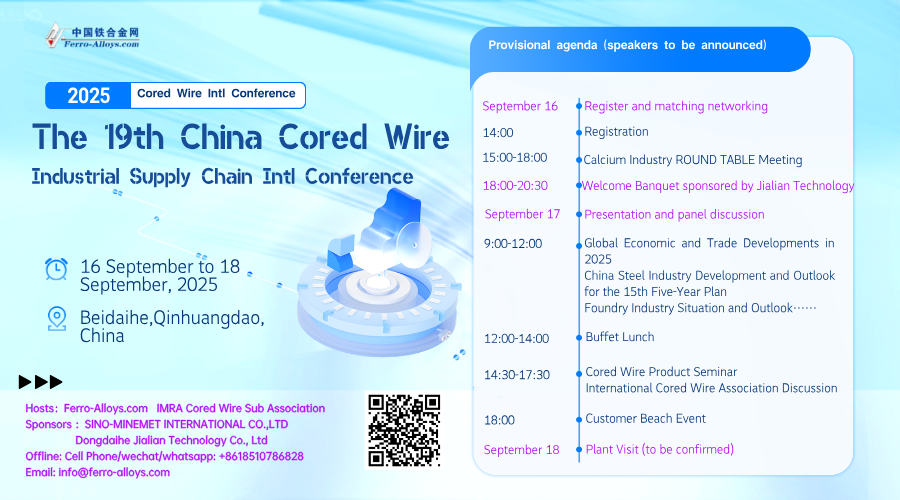Steelmaking raw materials made strong gains on Monday as Chinese mills, responsible for half the world's steel output, restock ahead of the resumption of full production at the end of winter.
The Northern China import price of 62% Fe content ore jumped 5.2% to the highest since September trading at $74.40 per dry metric tonne according to data supplied by The Steel Index. Although down sharply from its 2017 high struck in February iron ore has averaged $70.60 since the start of the year compared to $56.50 over the course of 2016.
Steelmaking coal (premium hard-coking coal FOB Australia) was pegged at $243.90 a tonne up 1.4% compared to Friday, a near eight-month high. Coking coal has surged 37% in value since the beginning of November and is averaging $185.70 in 2017, a more than $40 gain compared to the average price last year.
On the Dalian Commodities Exchange, always volatile coking coal and iron ore futures enjoyed another day of wild swings with both commodities ending Monday at the upper limit of their allowed trading range. Iron ore futures added more than 7% to 536 yuan while coking coal surged 8% to 1,350 yuan.
War on smog
Beijing is cracking down on its heavy industry, shutting down outdated and polluting plants which is boosting profitability in the domestic steel industry.
The country also placed restrictions on steelmakers from October to March with mandated cuts of as much as 50% which has revived the domestic rebar price, boosting iron ore and coking coal prices in the process.
For steelmakers it cuts pollution and lowers cost and lump now constitutes between 15%–20% of blast furnace feedstock
Beijing's policies to clean up and consolidate the domestic steel industry is playing into the hands of iron ore exporting countries. Low grade furnaces – particularly those that use scrap – have been outlawed and authorities are also clamping down on sintering plants.
Sintering is a necessary extra step when using low grade ore (domestic Chinese iron content averages only about 20%) and pelletizing plants using fines or iron ore concentrates have also been fingered as polluters by Beijing.
Fines drive the iron ore price and it makes up the bulk of supply, but producers of so-called "lump" ore enjoy a little more breathing room.
Lump ore can be loaded directly into blast furnaces, is easier to handle during transportation and can be shipped during wet seasons (liquefaction can be an issue with the shipment of iron ore fines during wet weather). For steelmakers it cuts pollution and lowers cost and lump now constitutes between 15%–20% of blast furnace feedstock.
Opting for imports
Imports of high-quality iron ore fines and lump ore from Australia, Brazil and South Africa jumped 19% from October to 94.45m tonnes last month. November imports were up 2.8% from a year ago after topping 100m tonnes in a single month for the first time in September.
Total shipments for the first 11 months of the year are up 6% to 990m tonnes putting the country on track to top record imports in 2016 of just over 1 billion tonnes.
Stockpiles have risen alongside imports and according to Umetal's survey of 42 ports in China, total inventory stood at just under 142 million tonnes on Friday. That's not far off record highs seen earlier this year, but in terms of months of import cover, stockpiles are more in line with historic averages.
- [Editor:Wang Linyan]



 Save
Save Print
Print Daily News
Daily News Research
Research Magazine
Magazine Company Database
Company Database Customized Database
Customized Database Conferences
Conferences Advertisement
Advertisement Trade
Trade














 Online inquiry
Online inquiry Contact
Contact

Tell Us What You Think